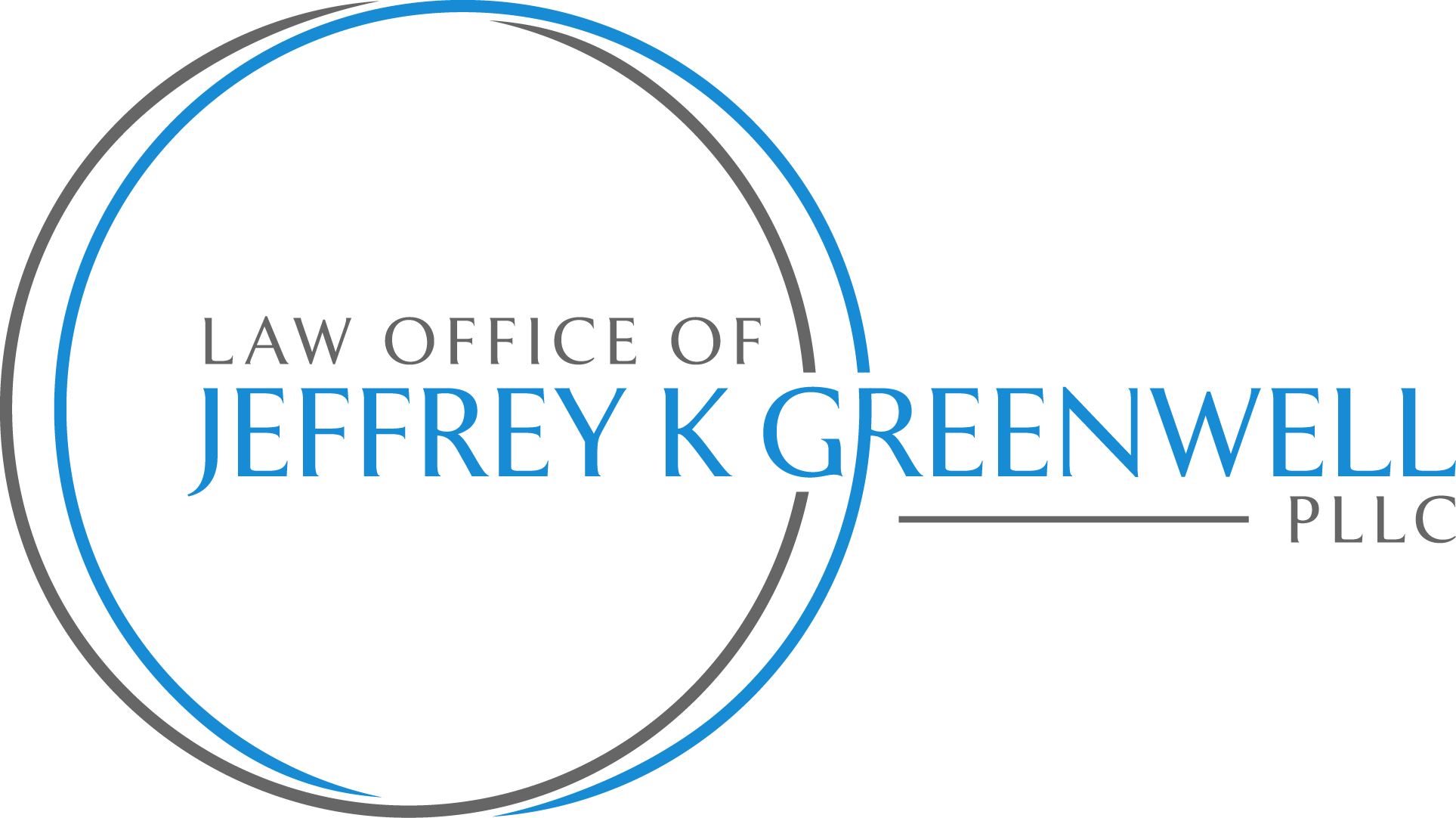Discharging a student loan in bankruptcy requires showing “undue hardship.” What is that?

Discharging a Student Loan CAN Sometimes Happen
You may have heard that student loans can never be “discharged”—written off in bankruptcy. Untrue.
Some other kinds of debts can’t ever be discharged, such as child and spousal support. But student loans are more like income taxes. Both can be discharged under certain conditions. (See our blog post of last Friday about discharging income taxes.)
However, income taxes are usually easier to discharge than student loans. Most of the time you just have to file your tax return and wait a certain amount of time. The requirements for discharging a tax debt are quite clear. They are much less clear and more rigorous with student loans.
“Undue Hardship”
The Bankruptcy Code says that a student loan is not discharged unless making you pay it “would impose an undue hardship on [you or your] dependents.” See Section 523(a)(8).
So, if you can show that paying a student loan causes you “undue hardship,” bankruptcy can forever discharge that debt.
But What Does “Undue Hardship” Mean?
For decades the bankruptcy and federal appeals courts have been trying to figure out how to interpret those two words used by Congress when it wrote this law. In practical terms how does a court decide whether or not a debt creates a hardship?
And what more beyond ordinary “hardship” is needed to create an “undue hardship”?
Over time, judges have come to generally agree that to show that a student loan creates an “undue hardship” you have to meet three requirements:
1. You must currently be unable to maintain even a minimal standard of living for yourself and any dependents if you had to make the required payments on the student loan.
2. Your current inability to maintain that a minimal standard of living must be expected to continue over all or most of the student loan’s repayment period.
3. You must have earlier acted responsibly at making a real effort to pay on the student loan, and/or to try to qualify for any available forbearances, debt consolidations, and administrative payment-reduction programs.
Notice that these three conditions refer to the past, present, and future. You have to meet all three conditions, which is a lot to satisfy.
Your Burden to Prove “Undue Hardship”
In bankruptcy, some kinds of debts are discharged unless the creditor affirmatively and formally raises an objection. If the creditor fails to object and do so before a quick deadline, the debt is legally forever gone.
With student loans, in contrast, the burden is on you to convince the bankruptcy judge that you qualify for “undue hardship.” Generally you must do that during the bankruptcy case. Otherwise that debt survives your bankruptcy.
Timing Issues
The fact that you have to establish that you are currently unable to maintain a minimal standard of living if you had to make your student loan payments raises some timing issues.
If you believe you meet this requirement right now (as well as the other two conditions), you could file a Chapter 7 “straight bankruptcy” case or a Chapter 13 “adjustment of debts” case now, whichever is better for you as to the rest of your debts. Your attorney would then formally ask the bankruptcy court for an “undue hardship” determination to discharge the student loan. A separate legal proceeding would determine whether you qualify. If the student loan creditor objects to your request, there could be court trial focusing on whether you meet the required conditions.
If you don’t believe you qualify yet for “undue hardship” now but expect to in the future, filing a Chapter 13 case now may be the best choice. (For example, you may have a worsening medical condition which you know will cause a reduction in your income in the near future.) You may need relief from your creditors now, including the student loan creditor(s). A Chapter 13 filing would give you that relief. It would likely allow you to avoid making any ongoing student loan payments for the next few years while you focus on other more pressing expenses and special debts. And then you would have the opportunity to try to qualify for “undue hardship” between now and the end of your Chapter 13 case 3 to 5 years later.
In some situations, if you don’t qualify for “undue hardship” during the course of either your Chapter 7 or Chapter 13 case, you may be able to reopen your bankruptcy case later. That way the bankruptcy court could make that determination at a time when you do qualify.
Conclusion
“Undue hardship” is a tough standard to meet. Bankruptcy law does not provide an easy way to get out of student loans. But more and more people in financial distress have student loans as a major part of their problem. More of them are getting older, closer to disability, illness, and retirement. As the courts continuously deal with the issues, the law will continue to evolve. All are good reasons for you to get solid legal advice from your Kalispell bankruptcy lawyer about your student loans and your whole financial situation to be able to figure out your best way forward.

